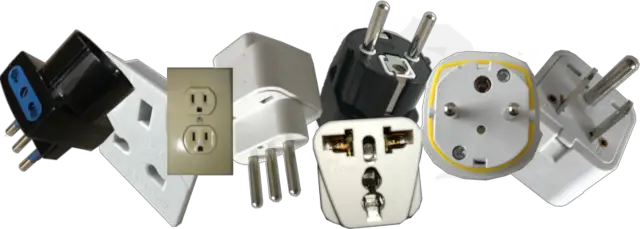Safety First: Avoiding Electrical Hazards Abroad
Taylor Watts - November 28, 2023
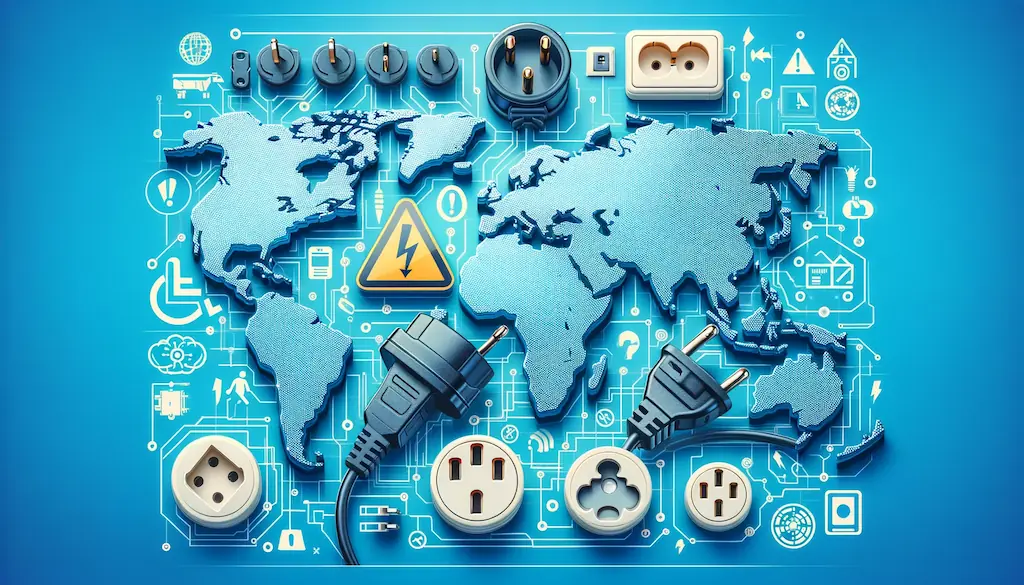 A traveler's guide to electrical safety
A traveler's guide to electrical safety
Embark on your next adventure with peace of mind! Dive into our essential guide to navigating the volts and jolts of international travel with savvy and safety.
Hello, globetrotters! 🌍✈️ Taylor Watts here, bringing you the vital volts of wisdom to keep your travels shock-free! Today, we're diving into the electrifying world of international travel, but not without our safety goggles on! 🛡️💡
Navigating the Currents: Understanding Electrical Safety Abroad
When you're jet-setting across the globe, immersing yourself in new cultures, and Instagramming every vibrant moment, it's easy to forget about the silent current that powers our digital life. However, this unseen force can turn into a potential foe if not approached with respect and awareness. 🚨
The Shocking Truth: Voltage Varieties
Did you know that not all countries speak the same electrical language? That's right, the voltage and plug types can differ as much as the local dialects! While your hair dryer may sing in harmony with the 120 volts in the U.S., it could scream in distress at the 240 volts in the U.K. 🔌🇬🇧
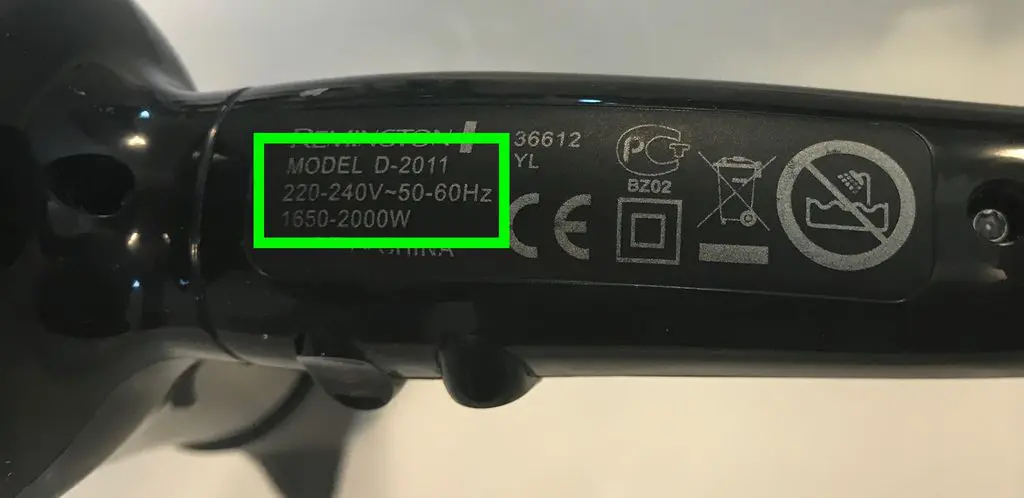 A 220V hair-dryer, it won't work in 110V systems.
A 220V hair-dryer, it won't work in 110V systems.
Plug Into Knowledge: Adapters and Converters
Arming yourself with the right adapter is like choosing the correct key for a lock. But beware, an adapter is not a converter! While the former will allow you to plug in, only a converter or transformer will ensure your gadgets dance to the local voltage rhythm without missing a beat—or causing a blackout. 🗝️💼
Essential Enlightenment: Local Laws and Lingo
Understanding the local electrical standards is not just savvy, it's essential. Familiarize yourself with terms like 'grounded', 'earthed', and 'surge protection'. These aren't just fancy words; they are the guardians of your gadgets' well-being. 🛡️🔍
The Circuit of Safety: Tips and Tricks
Let's amp up your safety with some high-voltage advice:
- Research is your Best Companion: Before you board that plane, do a bit of detective work. Know the voltage, plug type, and safety standards of your destination. Our two step wizard is your helper.
- Quality Over Convenience: Invest in high-quality converters and adapters. Your safety is worth more than a few saved bucks.
- Doubling Down on Defense: Consider a universal surge protector for an extra layer of safety, especially in areas prone to electrical instability.
- Minimalism is Key: Reduce the risk by minimizing the number of devices you bring along. Less is more—more secure, more manageable, more peace of mind.
- Emergency Savvy: Educate yourself on what to do in case of an electrical emergency. Knowledge is power, literally and figuratively.
When Things Get Electric: Emergency Protocols
Despite all precautions, emergencies may spark. If they do, stay calm and follow these steps:
- Disconnect Immediately: Unplug your device at the first sign of trouble.
- Alert the Authorities: Notify your accommodation's management and, if necessary, local emergency services.
- Evacuate if Needed: If the situation seems hazardous, leave the premises swiftly but safely.
The Core of the Current: Mastering Electrical Safety Abroad
Voltage Variance: The Invisible Difference
Imagine this: you're in a charming Parisian hotel, and you plug in your trusty flat iron. Moments later, there's a pop, a sizzle, and then darkness. Welcome to the world of voltage variance. Europe, for instance, runs on a heartier 220-240 volts, a stark contrast to North America's 110-120 volts. This is why understanding and adapting to voltage differences is crucial for the safety of your devices and yourself.
Adapters vs. Converters: Know the Difference
Just as you wouldn't wear flip-flops in a snowstorm, using the right electrical gear for the right environment is key.
- Adapters: These are the travel companions that let your plug fit into foreign outlets. They're like a handshake between different plug designs.
- Converters: These change the voltage from the outlet to match that of your device. They are the translators in an electric conversation.
Equip yourself with both to ensure that your electronic dialogue doesn't turn into a fiery debate.
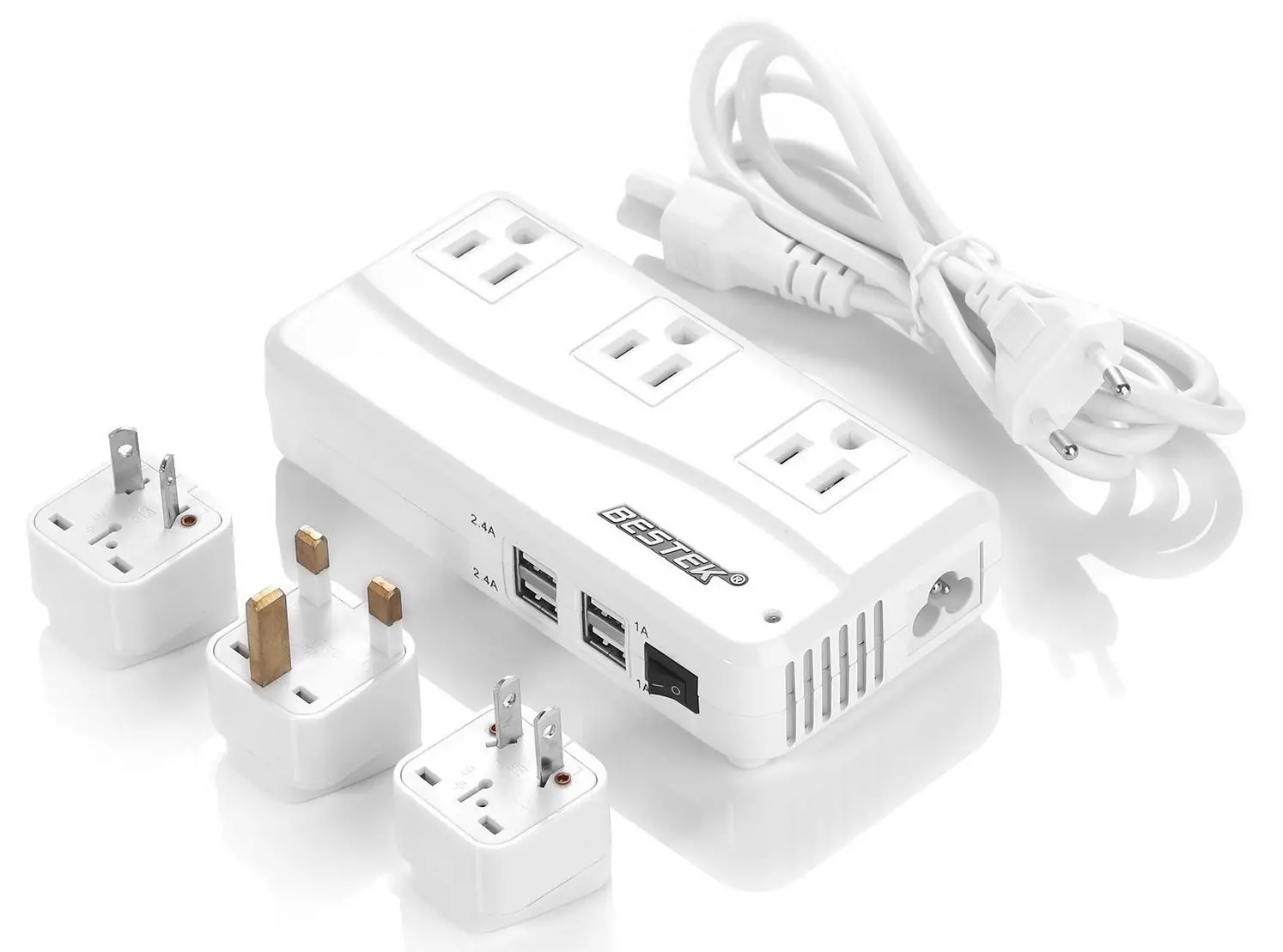 A good quality 220V to 110V adapter
A good quality 220V to 110V adapter
The Right Gear: Choosing Wisely
In a market flooded with travel gadgets, how do you choose the right ones?
- Universal Adapters: These are Swiss Army knives for the electrically adventurous. They adapt to most outlets worldwide.
- Voltage Converters: These are specific to the power needs of your device. Choose a converter that matches the wattage of your gadget to avoid any electrical faux pas.
- Surge Protectors: A good surge protector can save your device from sudden spikes in power, common in places with unstable electricity supplies.
The Groundwork: Safety Precautions
Preventative measures are your best defense against potential electrical hazards:
- Inspect Your Gadgets: Before you travel, inspect cords for fraying and check for any recalls on your electronics.
- Buy from Reputable Sources: Counterfeit electronics can be dangerous. Purchase travel adapters and converters from trustworthy retailers.
- Avoid Overloading: Don't stress foreign outlets with too many devices. It's not just rude; it's a fire hazard.
Tech-Savvy Travel: Smart Packing
Pack smart, not heavy. Bring dual-voltage gadgets that can handle 110-240 volts, minimizing the need for a converter. Devices like modern laptops, tablets, and phone chargers are often equipped for international travel.
When Abroad: Practical Usage Tips
Once you've landed, keep these tips in your mental toolbox:
- Outlets Are Like People: They're unique and must be approached with understanding. Never force a plug into an outlet.
- Power Strips Are Lifesavers: A power strip with a built-in surge protector can save your devices from unexpected surges.
- Battery Backups: Carry a portable charger to avoid the constant need to plug in, reducing your risk exposure.
Cultural Currents: Respecting Local Practices
Adapting to local electrical practices is a sign of respect. Some cultures have a very relaxed approach to electrical safety, while others are stringent. When in doubt, ask the locals or your hotel staff for guidance.
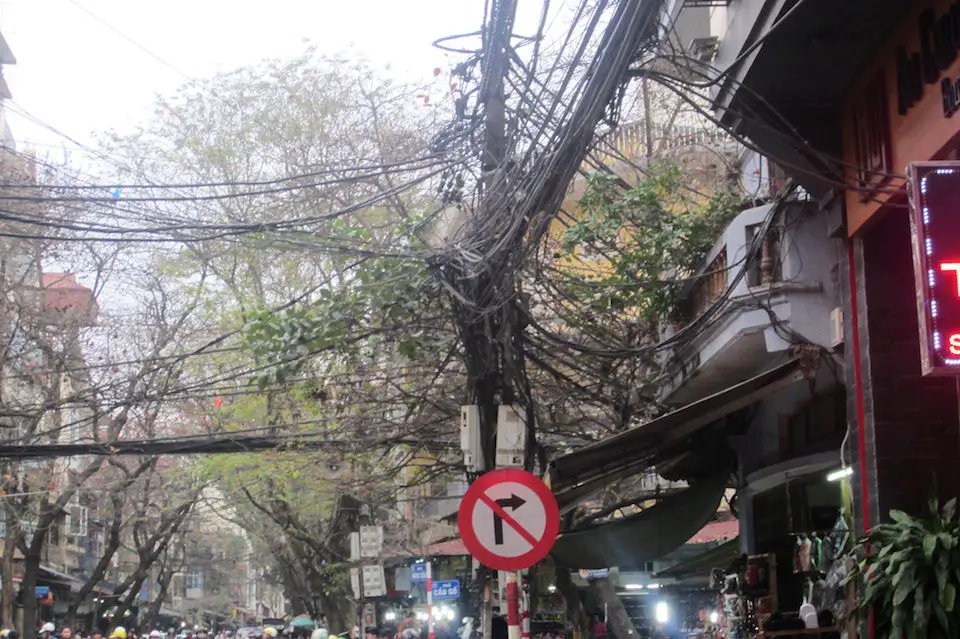 That is not a tree, but an electric distribution post in Hanoi.
That is not a tree, but an electric distribution post in Hanoi.
The Emergency Toolkit: What to Have
Keep an electrical emergency kit, which includes:
- Emergency Contact Numbers: Know the local emergency number or the direct line to the hotel's front desk.
- First Aid Essentials: Have a basic first aid kit with band-aids, burn cream, and antiseptic.
- Flashlight: Power outages can happen anywhere; a flashlight or headlamp can be invaluable in the dark.
In Case of an Emergency: Steps to Take
If an electrical emergency occurs, remember to:
- Stop: Don't touch any electrical device or outlet if you suspect it's unsafe.
- Drop: Unplug devices if it's safe to do so. If not, leave them and move away.
- Roll: Exit the area quickly and safely, then contact the necessary help.
Closing the Circuit: Final Thoughts
We've journeyed through the complex circuitry of electrical safety, from the importance of understanding voltage differences to the essential gear that should occupy a corner of your suitcase. Whether you’re a casual tourist or a digital nomad, these principles are universal.
As we wrap up this current of thought, remember that the brightest travels are those illuminated by the light of preparation and caution. You're now equipped with the knowledge to navigate the globe's electrical landscape safely.
So, go forth and explore with confidence, knowing you're as prepared as an electrician—without having to openly declare it! 🌟
The Journey's End: Staying Grounded in Safety
As our expedition through the electrifying terrains of travel comes to a close, let’s take a moment to reflect on the spark of wisdom we’ve gathered. Like the steady hum of a well-tuned engine, the principles of electrical safety should run quietly in the background of our adventures, powering our experiences without stealing the spotlight.
The Souvenirs of Safety
The best souvenirs are the stories we bring back, not the tales of fried hair straighteners or burnt-out phone chargers. Let’s aim to collect memories, not mishaps. As we pack our bags with souvenirs and snapshots, let’s also pack away the invaluable insights on electrical safety we’ve accrued along the way.
Signing Off: A Charged Farewell
As your guide, Taylor Watts, I bid you a charged farewell. May your journeys be filled with wonder and your electrical encounters be safe. Remember, the voltage of excitement is high when you travel, but with a grounded approach to electrical safety, you’ll always stay safe, no matter the plug or place.
Keep exploring, keep learning, and above all, keep safe. Until our next adventure, charge your batteries, but never let your guard down. Happy travels, and here's to electrifying experiences with a grounding in safety! 🔋🌏
Bon Voyage!
 Beautiful Hanoi
Beautiful Hanoi
↬ a link from your website helps too.
